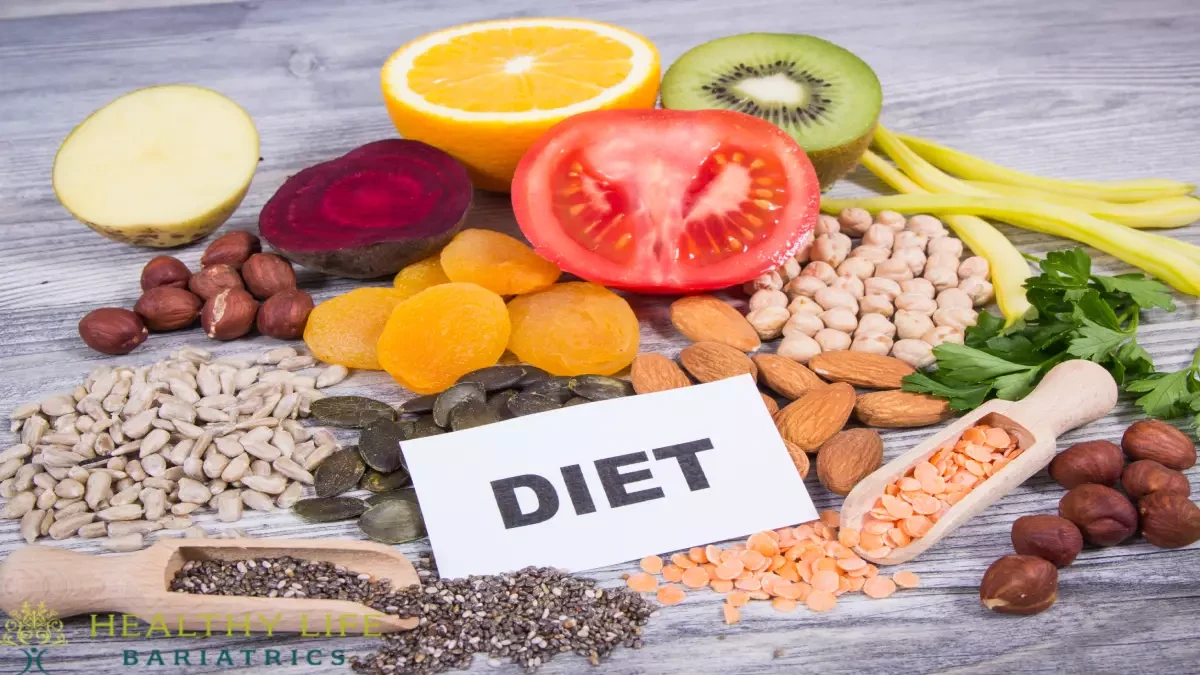Recovery and Diet After VSG
After VSG surgery, the recovery process is crucial for successful weight loss and overall health improvement. Along with the surgical procedure, a recommended diet plan is essential to ensure optimal healing and long-term success.
The post-op diet is divided into several stages, starting with a liquid-only phase immediately after surgery. This stage typically lasts for about 1-2 weeks, during which clear liquids, such as broth, sugar-free gelatin, and protein shakes, are consumed. The next stage is the pureed food phase, lasting around 2-4 weeks. Pureed foods, such as mashed vegetables, blended soups, and soft protein sources like cottage cheese or tofu, are gradually introduced.
After the pureed food phase, a transition to soft foods begins. This stage can last for about 4-6 weeks, including foods like eggs, soft fruits, canned fish, and well-cooked vegetables. Finally, solid foods are introduced, typically around 8-12 weeks post-surgery. In this stage, foods that can be easily chewed and digested, like lean meats, whole grain breads, and cooked vegetables, can be consumed.
Following the post-op diet and dietary guidelines is essential for proper healing, maintaining weight loss, and preventing complications. Failure to comply with the recommended diet can result in discomfort, nutrient deficiencies, and potential risks such as dumping syndrome, where undigested food rapidly enters the small intestine.
Key foods to include in each stage of the post-op diet include protein-rich foods like lean meats, eggs, and dairy products. Additionally, incorporating fruits, vegetables, and whole grains ensure adequate vitamin and mineral intake. Conversely, high-calorie, sugary, and fatty foods should be avoided as they can hinder weight loss progress and lead to complications.
In conclusion, the recovery process after VSG surgery is directly influenced by the recommended diet. Following the staged post-op diet, adhering to dietary guidelines, and consuming key foods while avoiding the ones that may pose risks are essential for a successful outcome and a healthier life.
Conclusion: What's VSG?
In conclusion, VSG surgery, also known as Vertical Sleeve Gastrectomy, is a highly effective procedure designed to promote weight loss in individuals struggling with obesity. Throughout this article, we have explored the background information on VSG surgery, understanding its purpose and potential benefits.
Key takeaways from the background information include the fact that VSG surgery aims to change the size of the stomach. This is achieved by removing a large portion of the stomach, creating a smaller sleeve-like shape. By reducing the size of the stomach, VSG restricts the amount of food that can be consumed, leading to a decreased calorie intake.
The benefits of VSG surgery are numerous. One major advantage is a reduction in cravings. With a smaller stomach, individuals may experience a decreased appetite and feel satisfied with smaller portion sizes. This can greatly aid in weight loss efforts.
Additionally, VSG surgery has been shown to decrease the risk of complications related to obesity, such as cardiovascular diseases and type 2 diabetes. By achieving and maintaining a healthier weight, individuals may improve their overall health and quality of life.
In summary, VSG surgery is a highly effective approach for weight loss promotion. By altering the size of the stomach, it helps individuals consume fewer calories and experience reduced cravings. Furthermore, it offers the potential to decrease the risk of complications associated with obesity.


 vertical sleeve gastrectomy, Los Angeles
vertical sleeve gastrectomy, Los Angeles vertical sleeve gastrectomy, Los Angeles Dr. Moein
vertical sleeve gastrectomy, Los Angeles Dr. Moein vertical sleeve gastrectomy, LA, CA
vertical sleeve gastrectomy, LA, CA